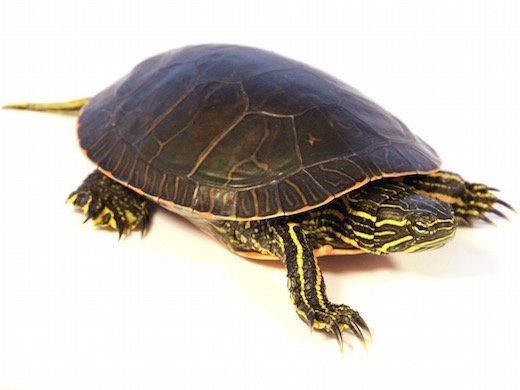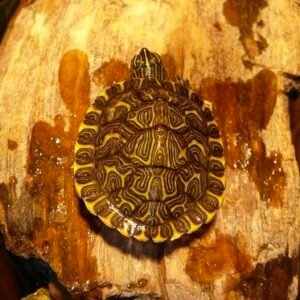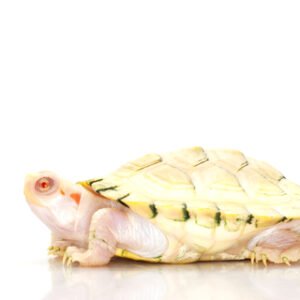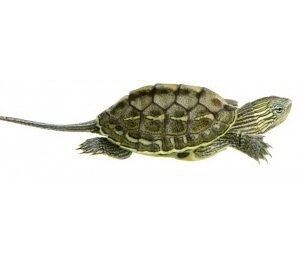Overview of the Western Painted Turtle
The Western Painted Turtle, scientifically known as Chrysemys picta bellii, is a highly adaptable freshwater turtle native to North America. It belongs to the family Emydidae and is one of several subspecies within the painted turtle classification. Characterized by its vivid coloration, the Western Painted Turtle displays a striking combination of black, yellow, and red hues along its shell and body, making it one of the most recognizable turtle species in the region.
Physically, these turtles can reach sizes of 4 to 10 inches in shell length, with remarkable variations among subspecies. Their shells are generally flatter compared to other turtle species, which enhances their ability to maneuver in aquatic environments. The sub-species are distinguishable by various markings; for instance, the yellow stripes along the head and neck stand out vividly against a darker background, offering a significant visual appeal.
Geographically, the Western Painted Turtle occupies a wide distribution across Canada and the United States, particularly thriving in water bodies such as ponds, lakes, and slow-moving rivers. They prefer areas with soft, sandy bottoms for nesting and basking spots submerged in shallow waters. These turtles adjust well to different aquatic habitats, showcasing their versatility. Although their population is stable, the Western Painted Turtle faces threats from habitat loss and pollution, necessitating awareness of their ecological importance.
Overall, the Western Painted Turtle not only contributes to biological diversity, but it also serves critical roles in its ecosystem, including nutrient cycling and as indicators of environmental health. Understanding their habitat requirements and distinctive features can foster greater appreciation and conservation efforts for this captivating species.
Behavior and Conservation of the Western Painted Turtle
The Western Painted Turtle (Chrysemys picta bellii) is known for its vibrant coloration and captivating behavior. This species exhibits a varied diet primarily consisting of aquatic plants, small invertebrates, and insects, which contribute to their omnivorous feeding habits. Their diet may change with the seasons, reflecting the availability of food sources, and can affect their growth and reproductive success.
Breeding typically occurs in the spring and early summer, with females laying eggs in sandy substrates. Nests are often constructed in sunny areas that provide warmth for the developing embryos. After a gestation period, hatchlings emerge in late summer or early fall, often relying on instinct to reach nearby water bodies where they can begin their life cycle. Socially, Western Painted Turtles are generally solitary but may bask communally on logs or rocks, which is a crucial behavior for thermoregulation. Basking not only helps them maintain their body temperature but is also a common social activity that aids in overall vitality.
Communication among individuals includes visual signals and body language, which can indicate stress, mating readiness, or territorial disputes. Despite their adaptability, Western Painted Turtles face significant conservation challenges. Habitat loss due to urban development and agriculture, alongside water pollution and climate change, are major threats. Furthermore, their populations are negatively impacted by illegal collection and vehicular traffic near nesting sites. Conservation efforts are underway, focusing on habitat restoration, protective legislation, and public education initiatives aimed at raising awareness about the importance of preserving this species. Individuals can contribute by supporting conservation organizations, advocating for sustainable practices, and fostering respect for natural habitats. Ultimately, through collective efforts, we can help ensure the survival of the Western Painted Turtle in its natural ecosystem.





